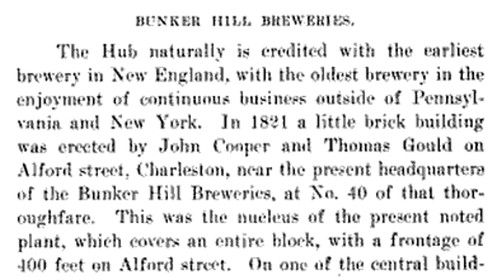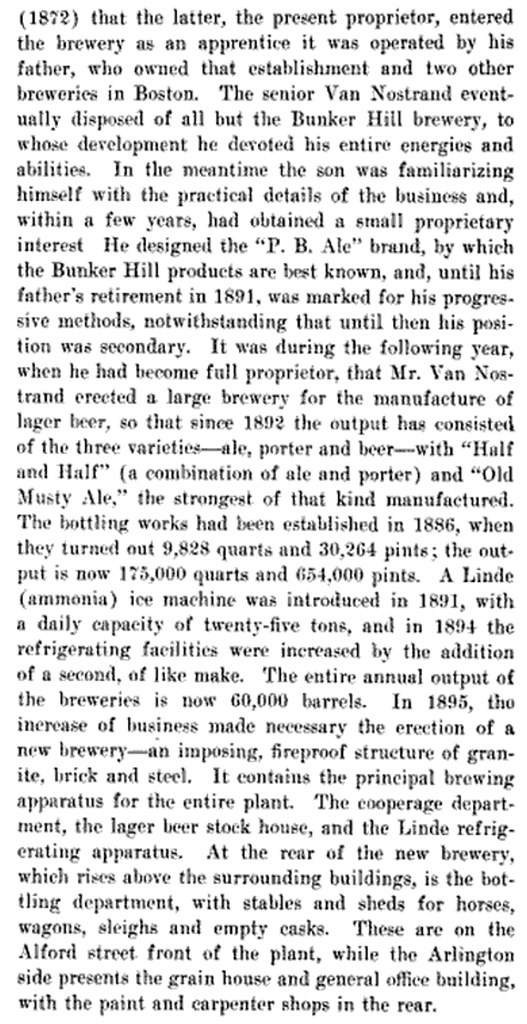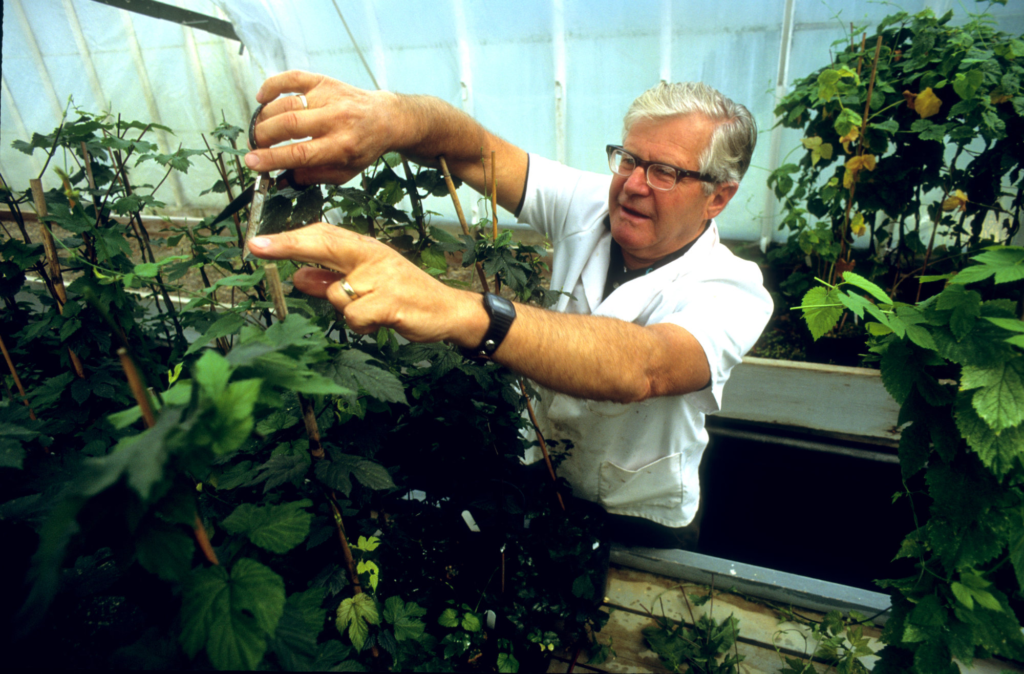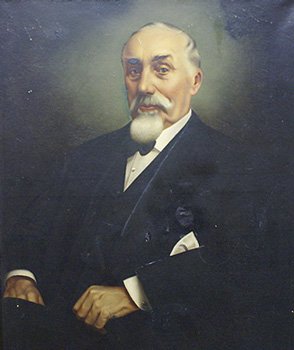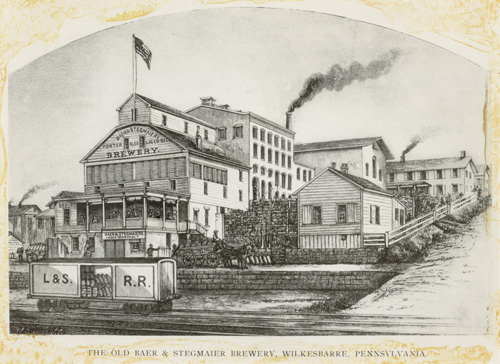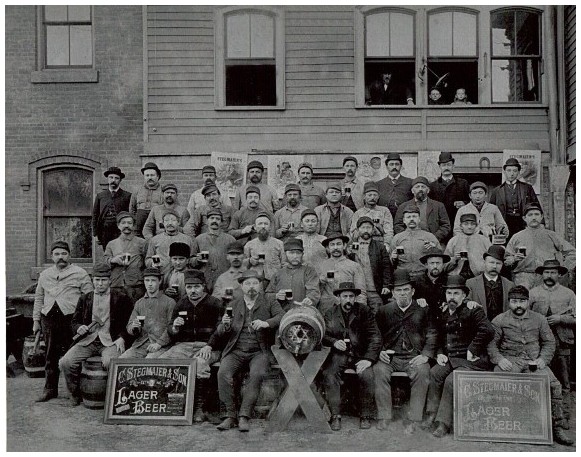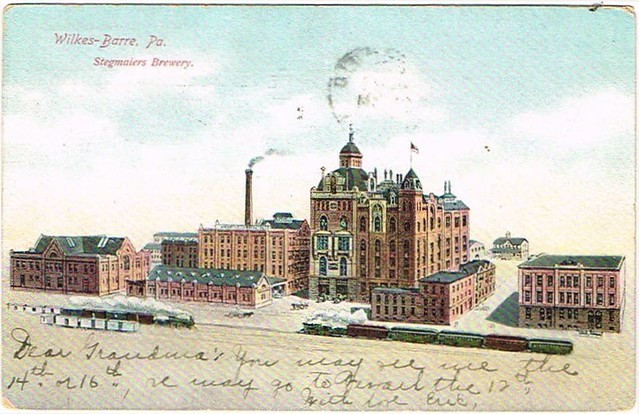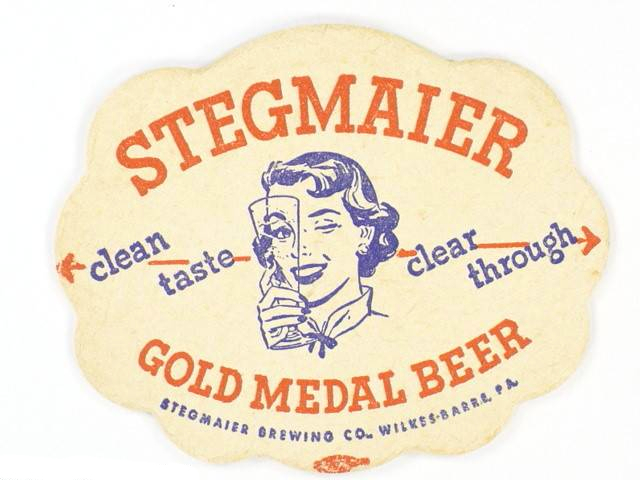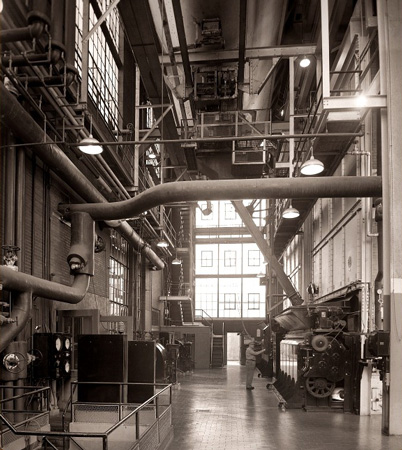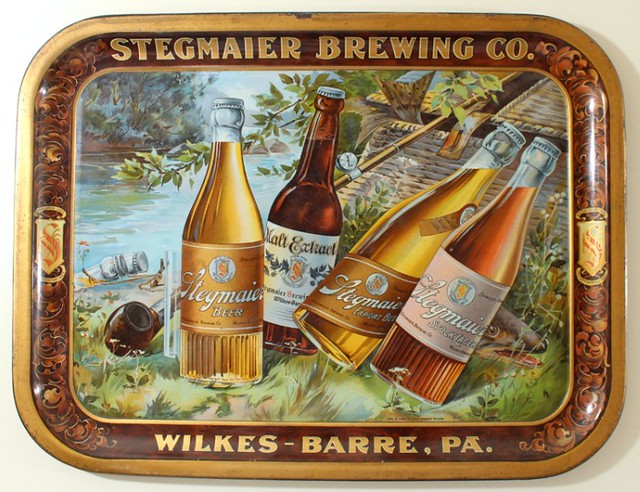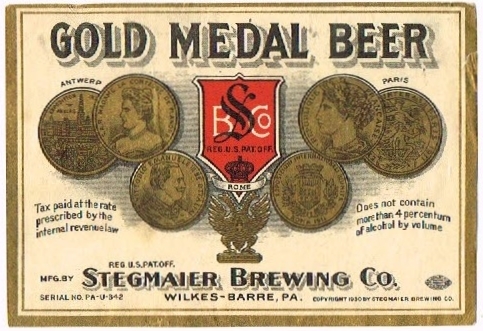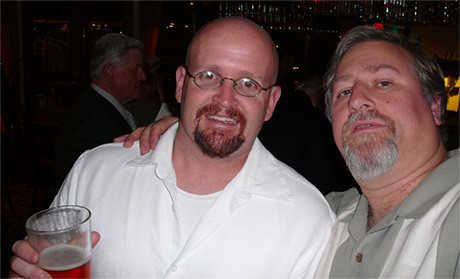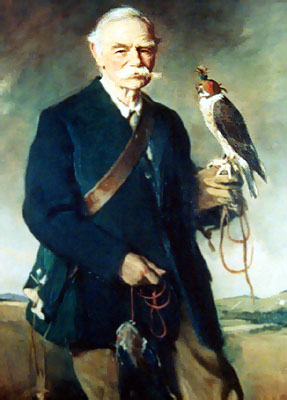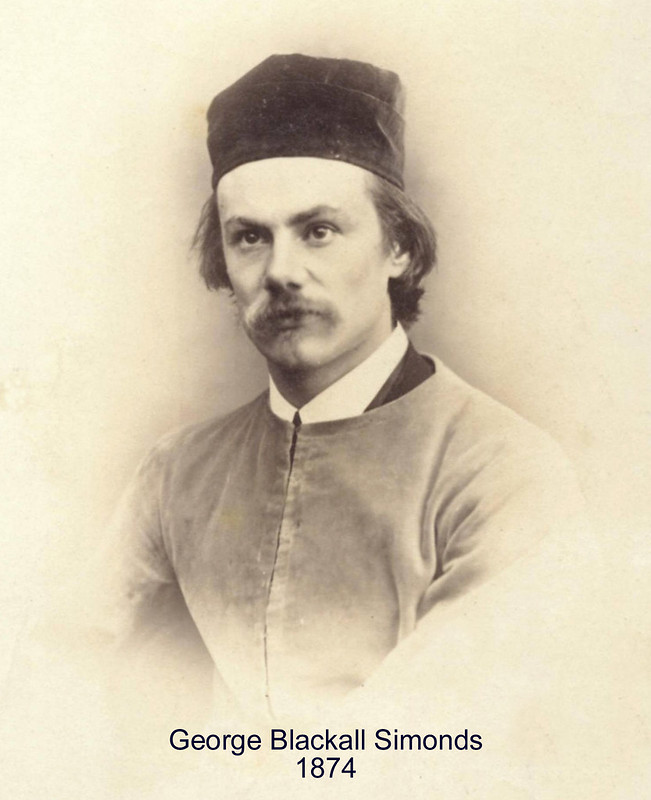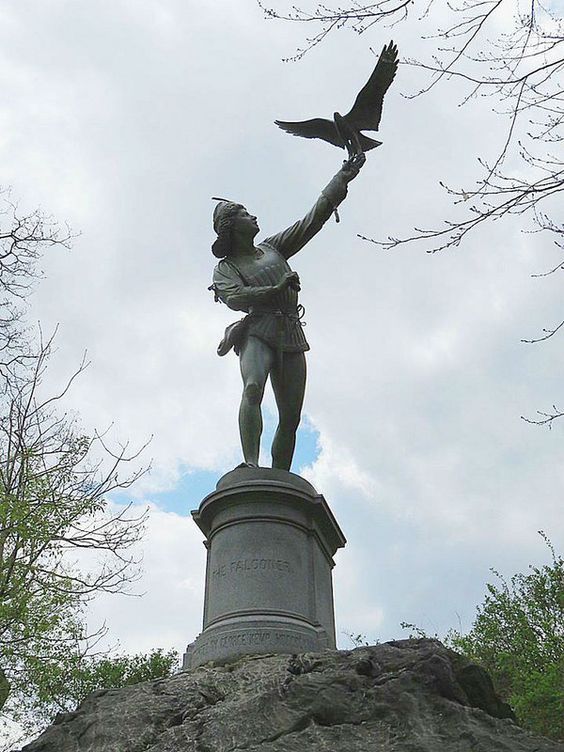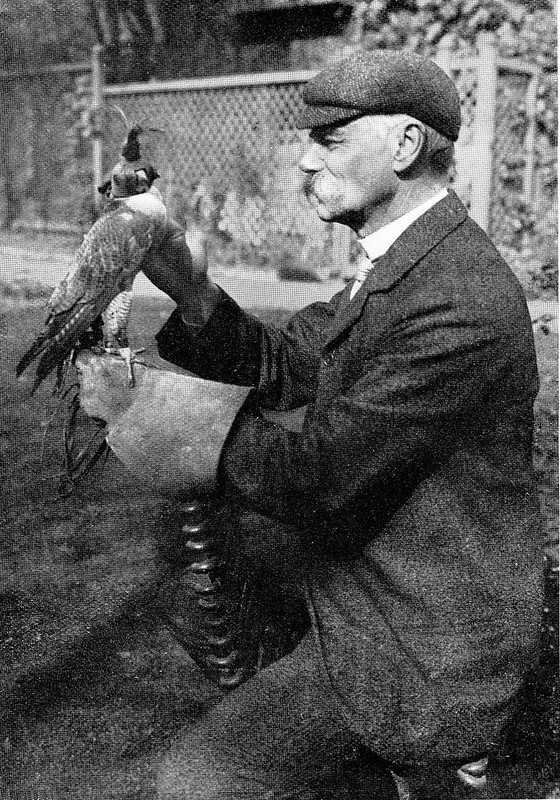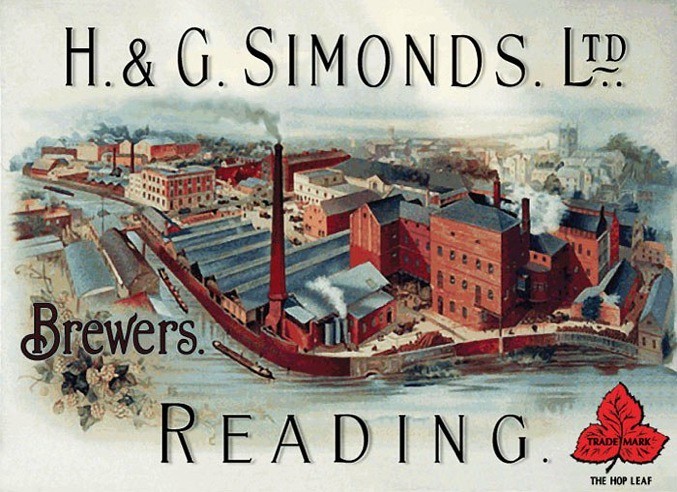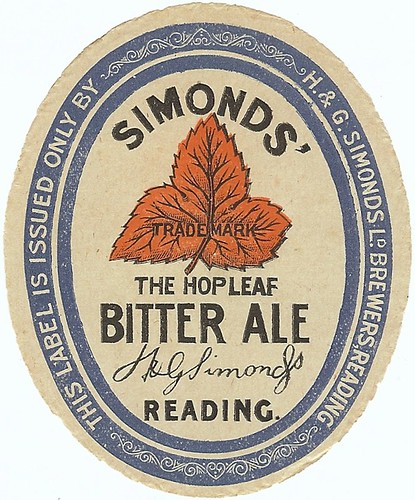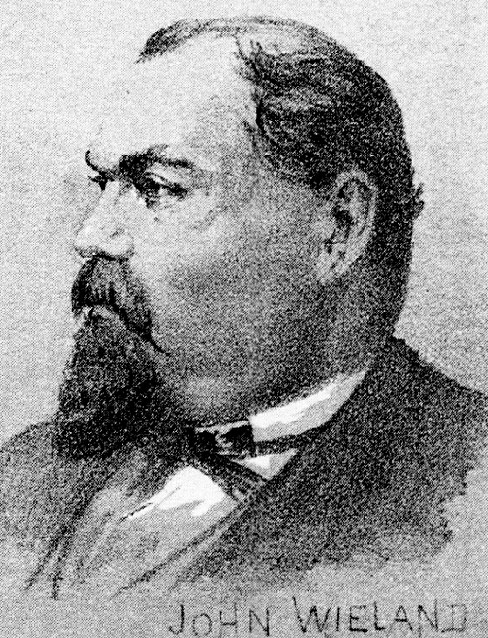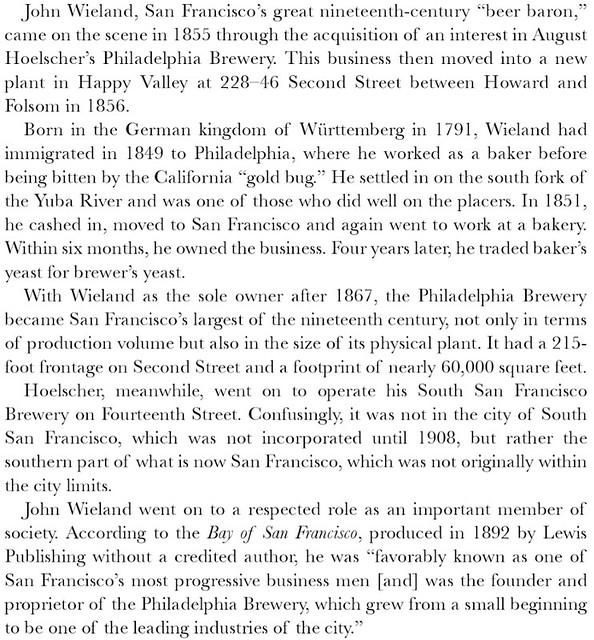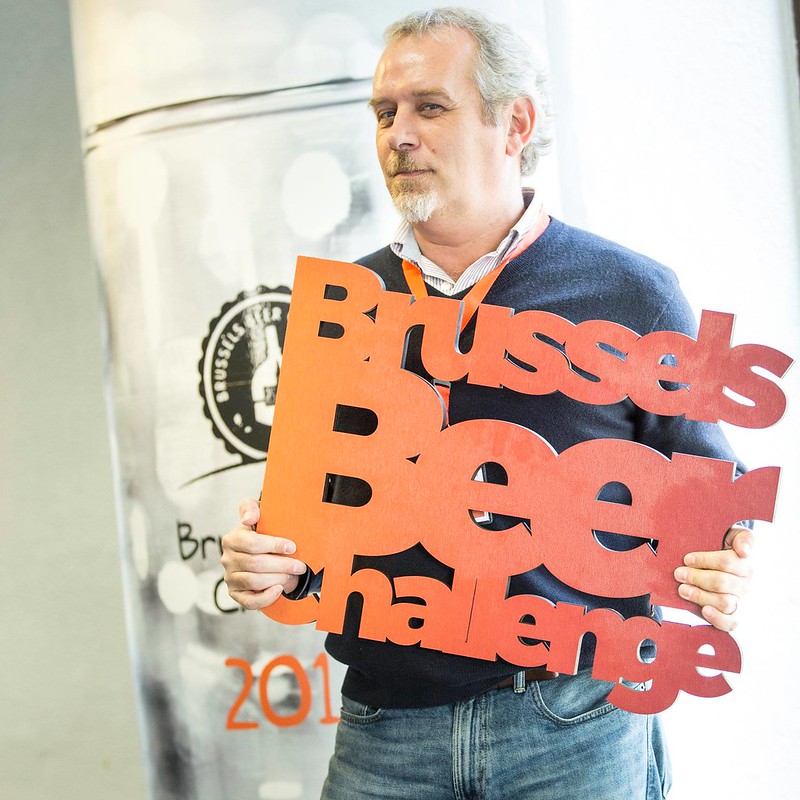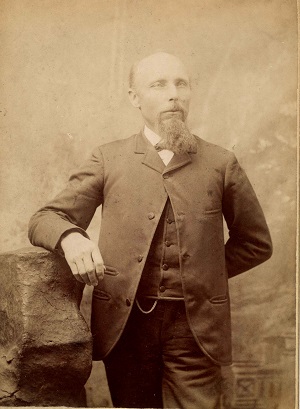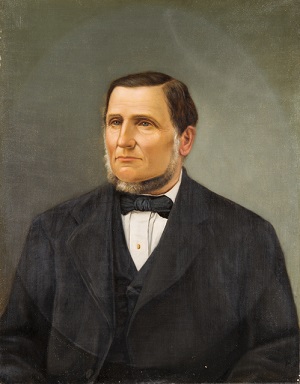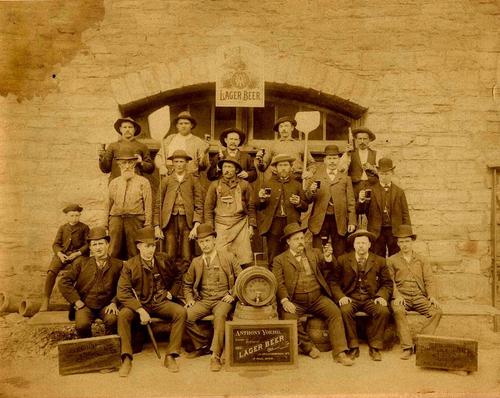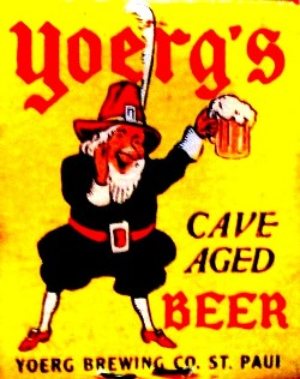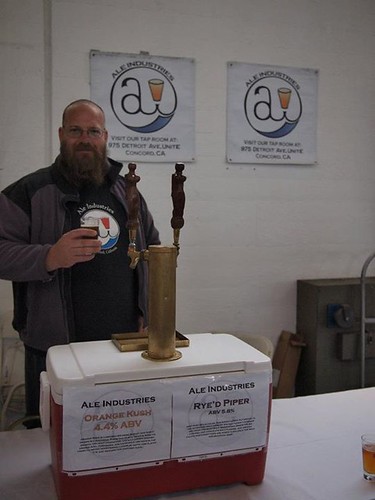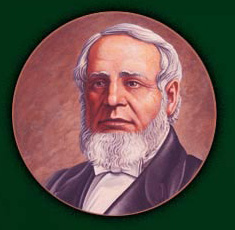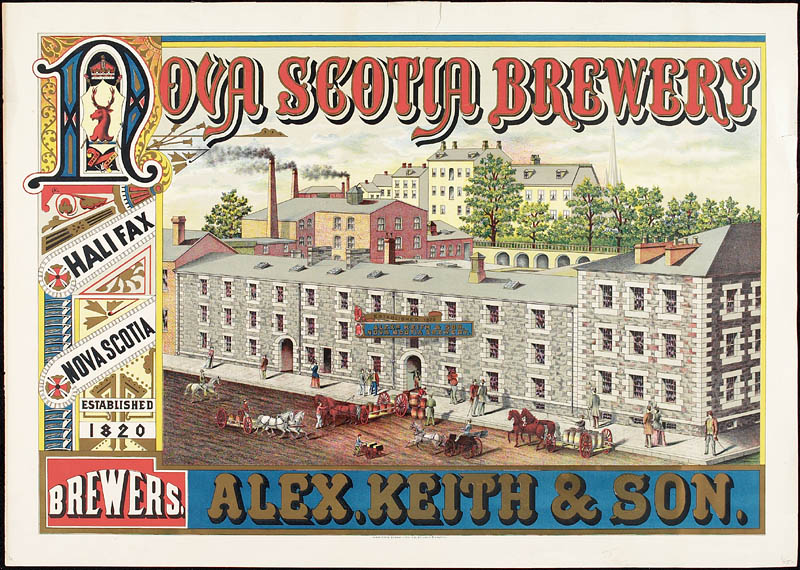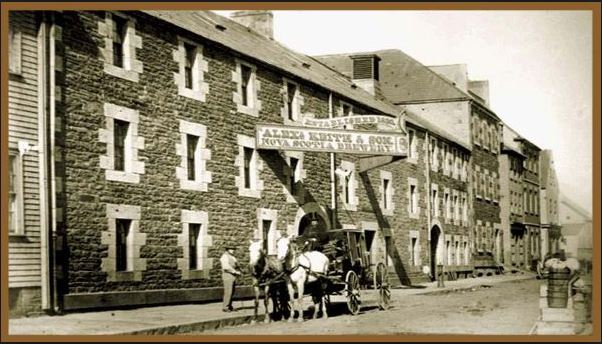
Today is the birthday of William Treadwell Van Nostrand (October 7, 1821-January 4, 1901). He bought the Bunker Hill Breweries, located in Charlestown, Massachusetts (which today is part of Boston), which had been founded in 1821. In 1878, Alonzo Gilford became a partner and took over the brewery from his father. It was originally known as the John Cooper & Thomas Gould Brewery, and Crystal Lake Brewery, but he renamed it the Wm. T. Van Nostrand & Co. Brewery in 1877, though they used the trade name Bunker Hill Breweries Brewery from 1890 on. It remained open until prohibition, but reopened briefly after repeal as the Van Nostrand Brewing Co., but lasted less than a year, closing in 1934.

Here’s an obituary of Van Nostrand from the American Brewers Review:


This is from a biography in the Biographical History of Massachusetts of his son, Alonzo Van Nostrand, but includes biographical information on the father, William Treadwell Van Nostrand.
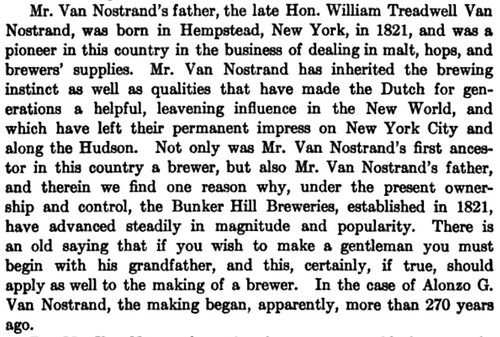

And this is a history of the Bunker Hills Breweries from “100 Years of Brewing History:”
